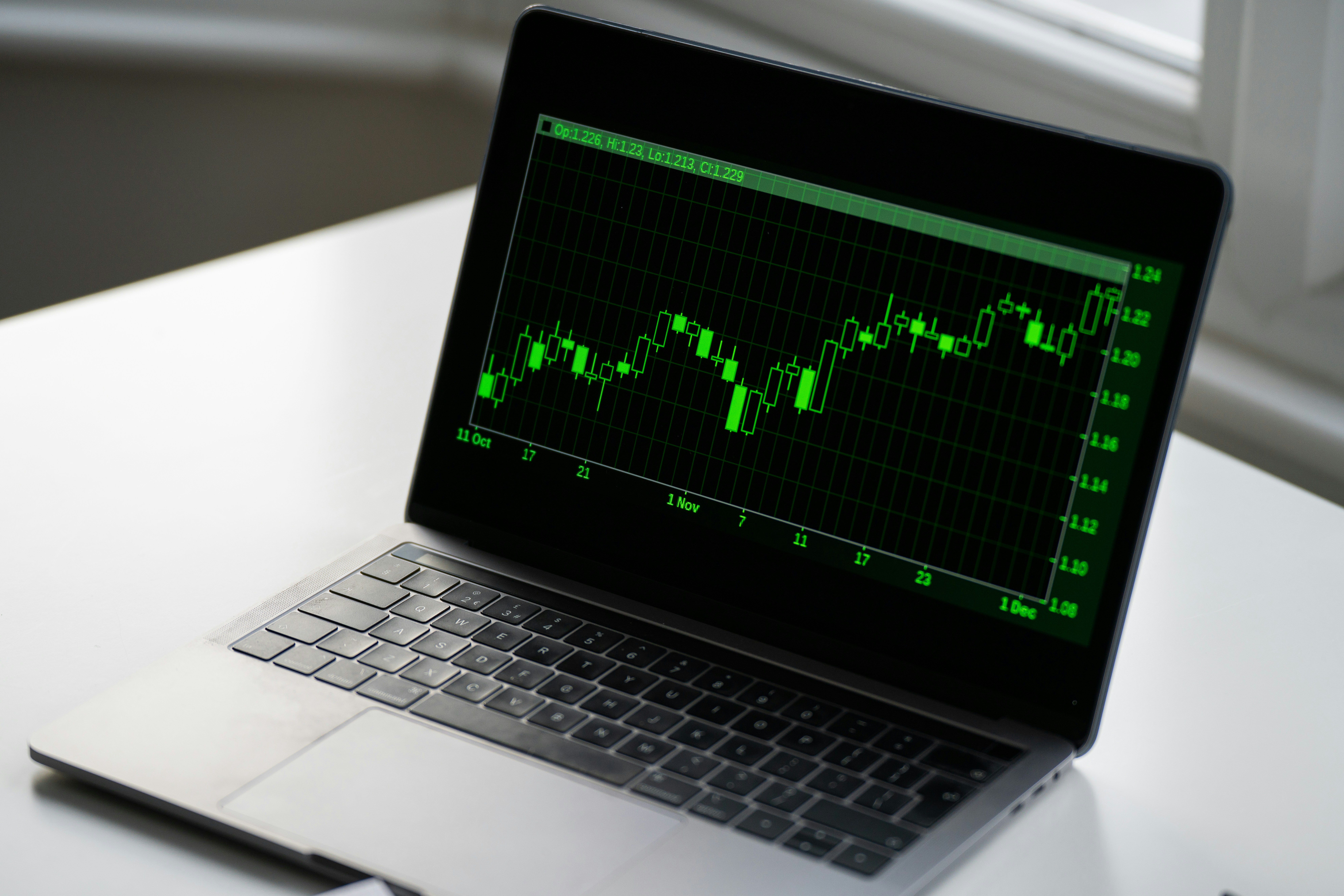
Market trends are often seen as complex and filled with industry-specific jargon, but they don’t have to be difficult to understand. Whether you’re an entrepreneur, investor, or someone trying to make sense of the economy, grasping the basics of market trends is essential. In this guide, we’ll break down the concept of market trends and provide simple ways to spot them without getting lost in technical terminology.
What Are Market Trends?
A market trend is the general direction in which an industry, product, or service moves. This trend could be upward, like the increasing popularity of electric cars, or downward, like the decline of traditional video rental stores. Trends reflect changes in consumer behavior, technological advancements, and shifts in societal values. Identifying these trends allows businesses and individuals to predict what might happen next and act accordingly.
Trends develop over time, so it is essential to observe them from a broader perspective. What may seem like a short-term fad today could be part of a more significant trend that unfolds over months or years. Being able to distinguish between the two can help avoid costly mistakes.
Recognizing a Trend Early
While recognizing a market trend may sound daunting, it often involves noticing subtle shifts. Look for patterns in your daily life—what are people talking about, what products are becoming more popular, and how are industries evolving? For instance, the rise of streaming services like Netflix and Hulu wasn’t overnight; it gradually shifted away from cable TV as consumers opted for more flexible and affordable options.
Track data points such as sales, reviews, and social media engagement to more reliably identify trends. An increase in search queries for a specific product or service might indicate growing interest, signaling the beginning of a trend. If many people are engaging with a particular brand or idea, it’s worth investigating why.
The Influence of Consumer Behavior
Consumer behavior is a key driver of market trends. As societal attitudes, preferences, and values shift, so do purchasing decisions. Trends often begin when people start changing their habits, seeking products or services that align with their evolving needs.
For example, health and wellness trends have grown significantly, with more people opting for plant-based and fitness-focused diets. Businesses that recognize these shifts early on can gain a competitive advantage by offering healthier products or services. Understanding why people make confident choices helps anticipate future market demands.
Technological Advances and Their Impact
One of the most potent forces driving market trends today is technology. Innovations create opportunities and disrupt existing markets. Consider how smartphones revolutionized communication or how cloud computing changed businesses’ operations.
Technology often opens the door for entirely new industries while forcing existing industries to adapt. For example, the rise of automation in manufacturing is reshaping how goods are produced, while digital tools like artificial intelligence influence everything from customer service to healthcare.
Keeping up with technological advancements is essential for understanding market trends, as they can rapidly change how products and services are delivered. It’s also important to stay aware of emerging technologies that may not be widespread yet but could drastically change the market shortly.
Timing: Knowing When to Act
Recognizing a market trend is the first step; the next challenge is knowing when to act. Acting too early or late can lead to missed opportunities or unnecessary risks. Understanding the timing of a trend is crucial.
For instance, jumping into a new market too early could mean investing in a product or service before it’s fully ready or widely accepted. On the other hand, waiting too long to act might mean competitors have already captured the majority of the market share.
To mitigate these risks, consider testing new ideas or products on a smaller scale first. Gathering feedback and adjusting based on consumer reactions can help gauge when the trend is ready for broader adoption.
Making Informed Decisions Based on Trends
Once a trend is identified, it can be used to inform business and investment decisions. For example, if you notice a rising interest in sustainability, you might consider launching an eco-friendly clothing line. If more people switch to electric vehicles, it may be the right time to invest in related industries, such as charging infrastructure or battery technology.
Using trends to guide decisions isn’t about unthinkingly following the crowd; it’s about using data and insights to predict where the market is headed. Aligning your actions with emerging trends can improve your chances of success.
Staying Agile in a Changing Market
The market is constantly evolving, and trends can shift unexpectedly. Therefore, it’s essential to remain agile and open to change. Businesses that thrive in a dynamic environment continuously monitor trends and adapt their strategies.
Flexibility means staying ahead of the curve, whether adjusting your business model, updating products to meet changing demands, or experimenting with new technologies. Companies that fail to recognize or react to market shifts risk falling behind competitors.
Understanding market trends doesn’t have to be complicated or filled with jargon. By observing consumer behavior, tracking technology advancements, and being mindful of timing, anyone can begin to identify and act on market trends. The key is to stay curious, adaptable, and proactive. With little attention and effort, you can confidently navigate the market and make informed decisions that keep you ahead of the curve.